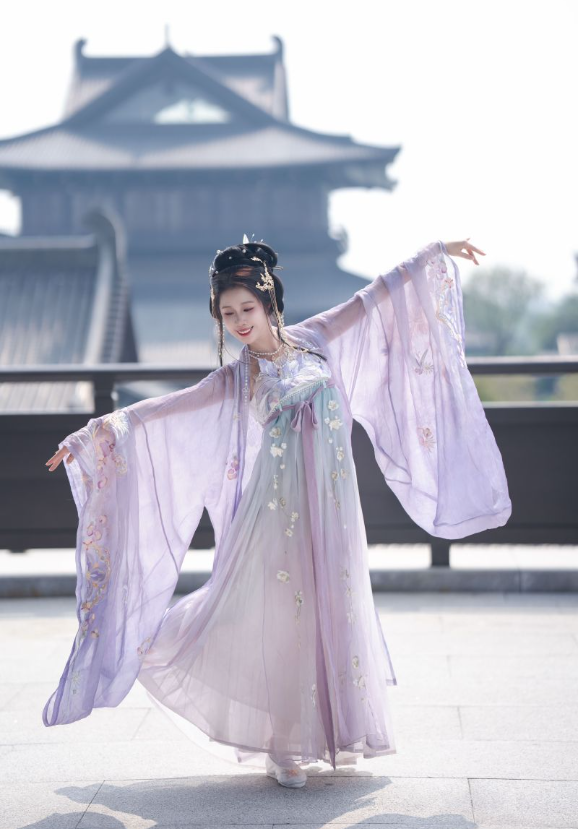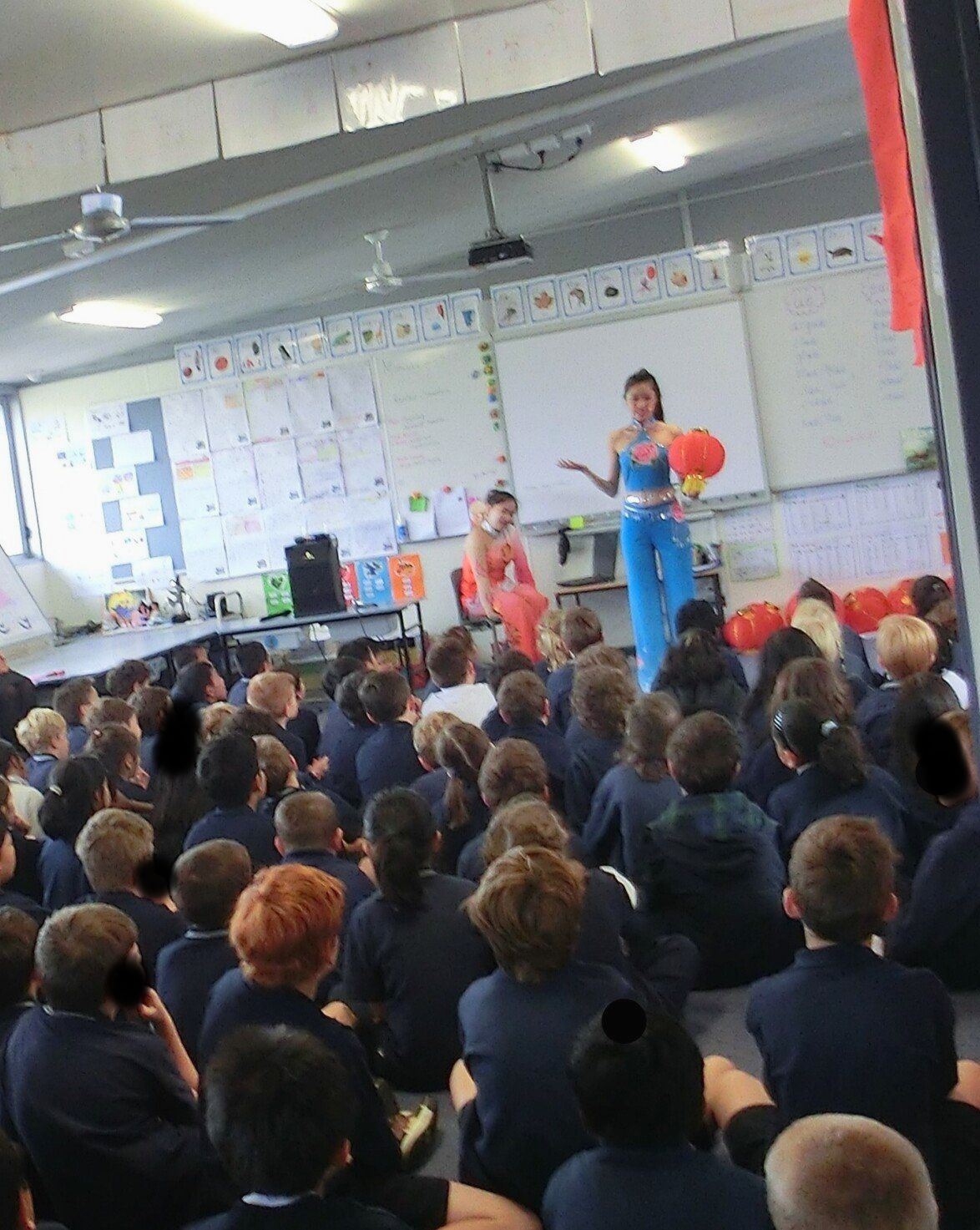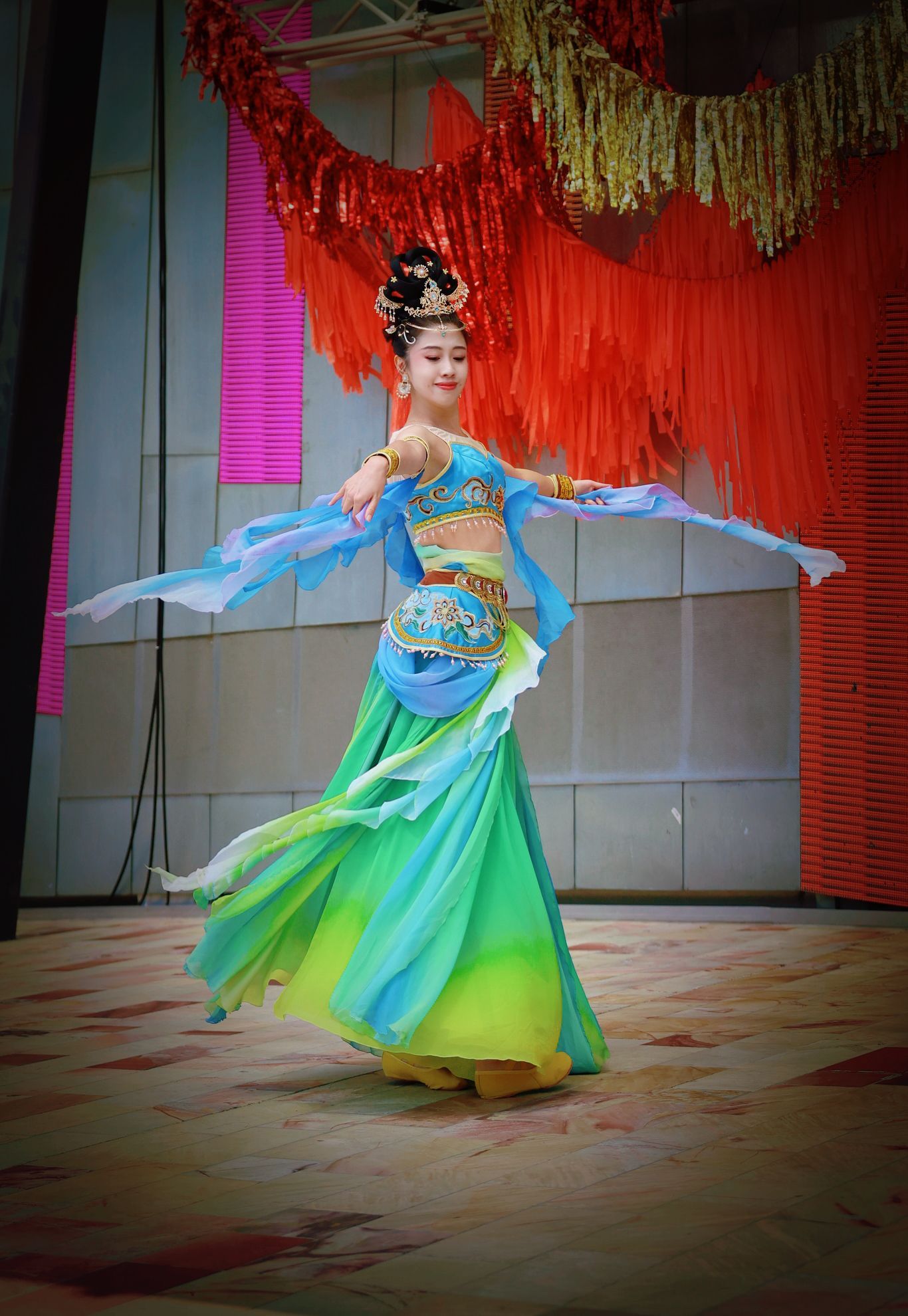
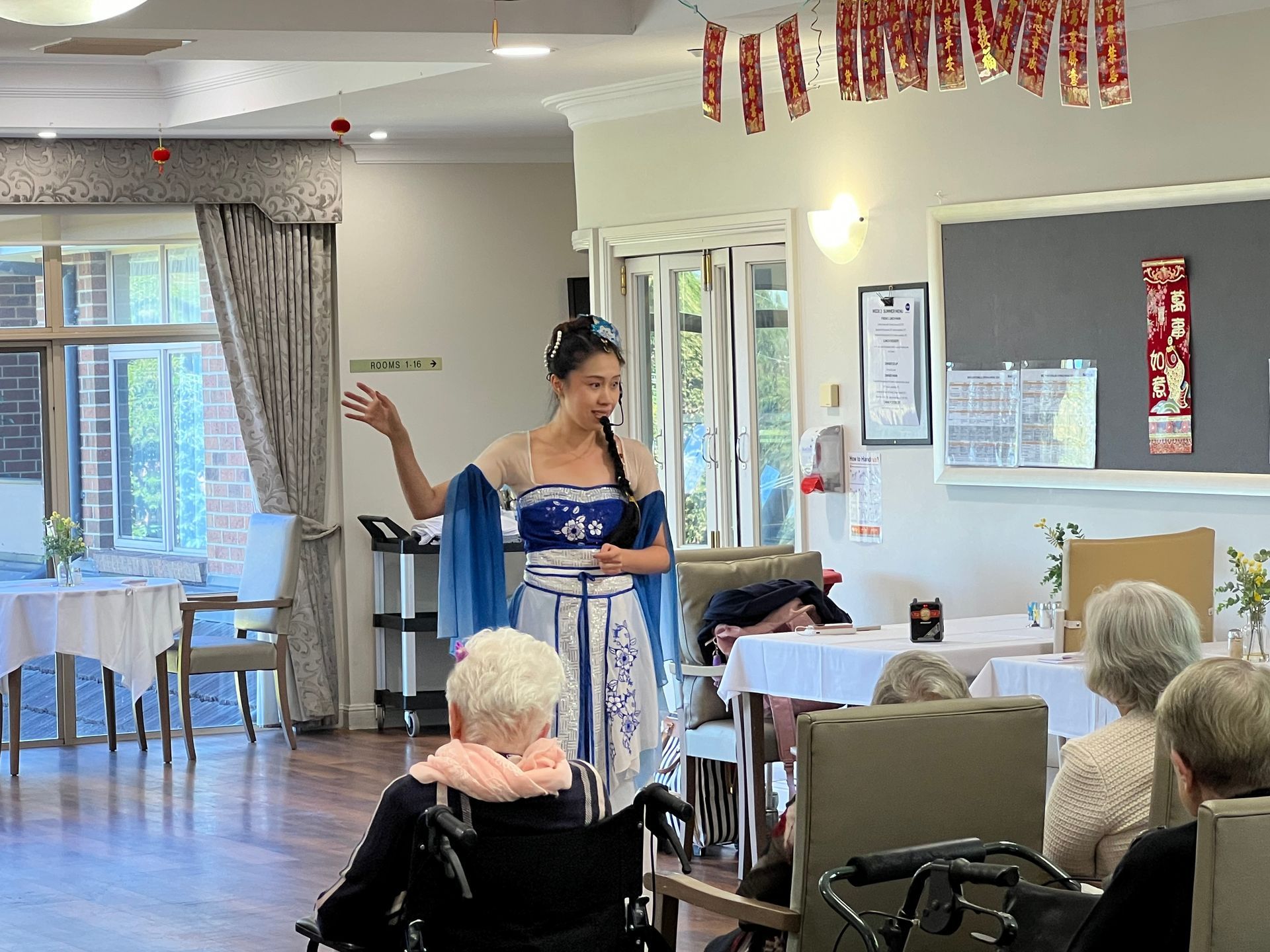

Embodying Culture: Chinese Dance Costumes and Props
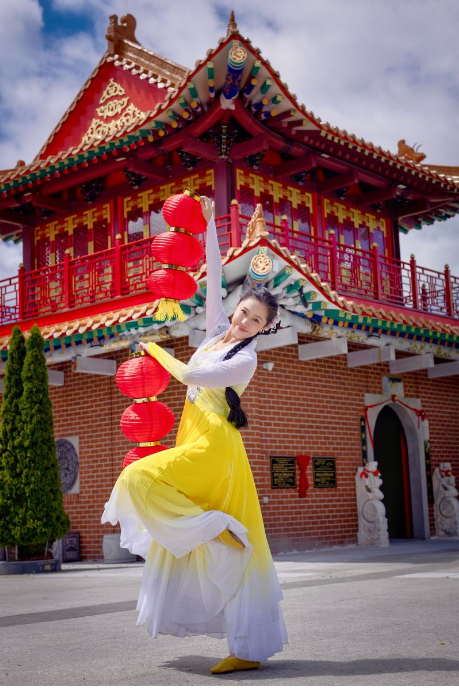
Exploring Chinese Dance Costumes and Props
Chinese dance, with its fluid movements and deep cultural roots, is a stunning fusion of artistry, storytelling, and symbolism. Every gesture, every step, and every twirl is not just an expression of grace but also a vivid reflection of China’s rich heritage. A key element in this expressive form of art is the intricate costumes and props that dancers wear, each piece carefully selected for its visual impact and symbolic meaning. In this blog, we’ll take a deeper dive into the world of Chinese dance costumes and props, exploring their historical significance, artistic beauty, and the role they play in bringing Chinese culture to life.
The Elegance of Traditional Chinese Dance Costumes
Chinese dance costumes are more than just clothing; they are a living canvas that tells stories and reflects centuries of history. Whether in classical, folk, or ethnic dances, the costumes are carefully crafted to enhance the dance’s narrative and emotions.
Hanfu: The Essence of Classical Grace
The Hanfu, the traditional clothing of the Han Chinese, is a common sight in classical Chinese dance. With its flowing robes and wide sleeves, the Hanfu conveys an air of elegance and timeless beauty. These garments are made from luxurious silk and adorned with elaborate embroidery, often depicting flowers, birds, and mythical creatures. The long, sweeping sleeves are designed to create a fluid, graceful effect as the dancer moves, symbolizing harmony between the dancer and the natural world.
The Hanfu’s design can vary depending on the dynasty or region it represents. A Tang Dynasty Hanfu, for example, would be more opulent, featuring richer fabrics and heavier adornments, while a Song Dynasty Hanfu would have a more minimalist and refined look, focusing on simplicity and purity.
Folk Dance Costumes: Celebrating Diversity
China’s ethnic diversity is beautifully expressed through its folk dance costumes. Each of China’s 56 ethnic groups has its own traditional attire, often worn during regional folk dances that highlight unique cultural stories and customs.
Mongolian Dance Costumes are characterized by flowing robes with fur trimmings and leather belts, symbolizing the nomadic lifestyle and vast grasslands of Mongolia.
Tibetan Dance Costumes often feature layers of brightly colored fabrics with fur and beadwork, reflecting the spiritual and mountainous traditions of the Tibetan Plateau.
Uygur Dance Costumes, from the Xinjiang region, feature vibrant silk dresses with intricate embroidery and jewelry, symbolizing the richness of Uygur culture.
These costumes are not only visually striking but also help to showcase the diverse cultural expressions across the country.
The Role of Props: Enhancing Expression
In Chinese dance, props play a crucial role in enhancing the storytelling aspect of the performance. They are used to symbolize elements of nature, portray characters, and even convey emotions. Here are some of the most iconic props seen in Chinese dance performances:
Fans: The Symbol of Elegance
One of the most recognizable props in Chinese dance is the fan. Often made of silk or paper, the fan is used to accentuate the dancer’s movements, creating a sense of fluidity and grace. The Fan Dance is a beautiful example, where dancers twirl colorful fans in sync, transforming them into an extension of their own body. The fan also has symbolic meaning, representing beauty, femininity, and elegance. Its sweeping motion mirrors the natural flow of the wind, embodying the harmony of the universe.
Ribbons: Grace in Motion
The ribbon dance is another captivating style in Chinese dance, where performers manipulate long, colorful ribbons, often attached to the wrists, to create a visual spectacle. The ribbons are used to represent fluidity, freedom, and the connection between the human and the natural world. Dancers move with these ribbons in wide arcs, creating intricate patterns that seem to defy gravity, adding an extra layer of beauty and complexity to the performance.
Lanterns: Light up the festivals with a lantern dance.
Lanterns are symbolic of lighting the way for a fresh start or bright prospects. Kids favorite in dance incursions as fun to play with and easier to hold than some other props.
Umbrella: Blend of Grace and Beauty
Made from Silk or Paper, with bright colors, the umbrella is one of the most captivating Chinese Dance props. It's gaining more exposure through festival performances that audiences cannot take their eyes off, but it also symbolizes protection and good fortune as well as a delicate balance between nature and humanity.
Handkerchief: Spinning with Color
An extension of the dancers movement, the handkerchief often looks like it's floating in the air with a variety colors spinning, adding a visual layer and complexity to the dance. Often performed at traditional Chinese Festivals, the handkerchief dance is a testament to the beauty of Chinese culture.
Symbolism in Color and Design
Color plays a vital role in Chinese dance costumes and props, often carrying deep symbolic meanings.
Red symbolizes good fortune, joy, and celebration. It is frequently used in costumes for festival dances.
Yellow is historically associated with the emperor and represents royalty and power.
Gold signifies wealth and prosperity.
Green and blue are commonly associated with harmony and peace, used in folk and classical dances to evoke balance with nature.
These colors, combined with intricate designs, help dancers convey their messages even before they start moving.
Chinese Dance: More meaning behind costumes and props than you think
Chinese dance costumes and props are not just decorative—they are an essential part of the cultural expression, history, and storytelling that define Chinese dance. These beautiful costumes and props are as much a part of the performance as the dance itself, embodying the artistic, symbolic, and cultural richness of China. Whether it's the graceful movements of a Chinese classical dancer or the lively twirls of a folk dancer with a silk ribbon, Chinese dance costumes and props offer a visual feast and an enduring connection to centuries of tradition.

